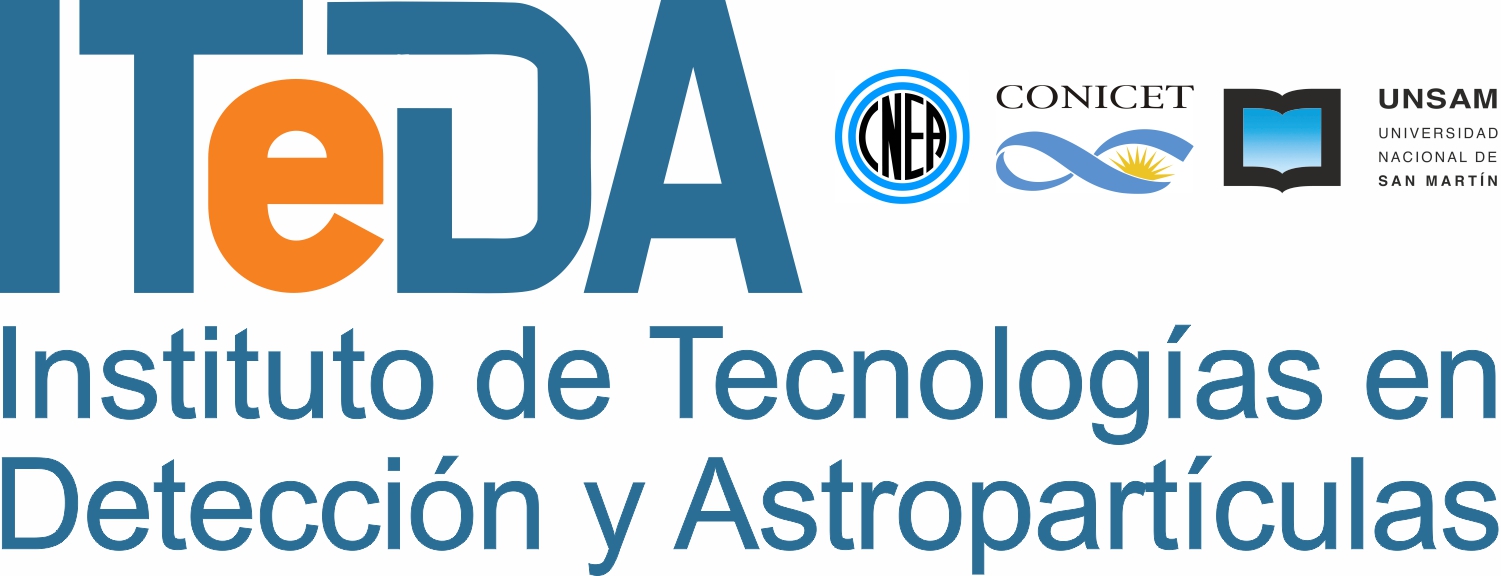General Project Information

The Auger Observatory is located: in the Southern Hemisphere, in the Malargüe area, Province of Mendoza, Argentina and in the Northern Hemisphere, the twin observatory will be installed in Colorado, United States.
The Auger South site consists of a network of 1,600 detectors (while Auger North will have approximately 3,500), spaced 1.5 km apart and covering a total area of 3,000 km2. The network of surface detectors is complemented by a set of highly sensitive telescopes that, on clear moonless nights, scan the atmosphere to observe the faint ultraviolet light produced by cascades of cosmic rays as they pass through the air.
Official site: www.auger.org.ar
Participation of ITEDA in the Project
The Auger-TANDAR group (currently ITeDA headquarters), located at the Constituent Atomic Center (CNEA-CAC), has had a sustained presence in the construction and implementation of the PAO. He joined the project at its inception in 1995 and has been instrumental in its development. It has carried out tank construction by rotomolding, design and construction of battery boxes, telecommunications antennas, pure water plant, storage and transportation tanks, and fluorescence buildings and their medium voltage lines. He collaborated in the construction of the photomultiplier laboratory and carried out its operation during the entire production phase of the observatory. It has installed a storage center for all the Observatory data on the grounds of the Constitucióntes Atomic Center. He has proposed and experimentally verified the bases for calibrating surface detectors based on background muons, automatically and remotely. It also contributes to the absolute calibration of fluorescence detectors and atmospheric attenuation studies.
Currently, the greatest contribution that ITeDA is making to the Auger Observatory is the direction and construction of the observatory upgrade project called AMIGA (see AMIGA section in the Projects section) which aims to increase the measurement range at lower energies and improve the study of the chemical composition of cosmic rays.
